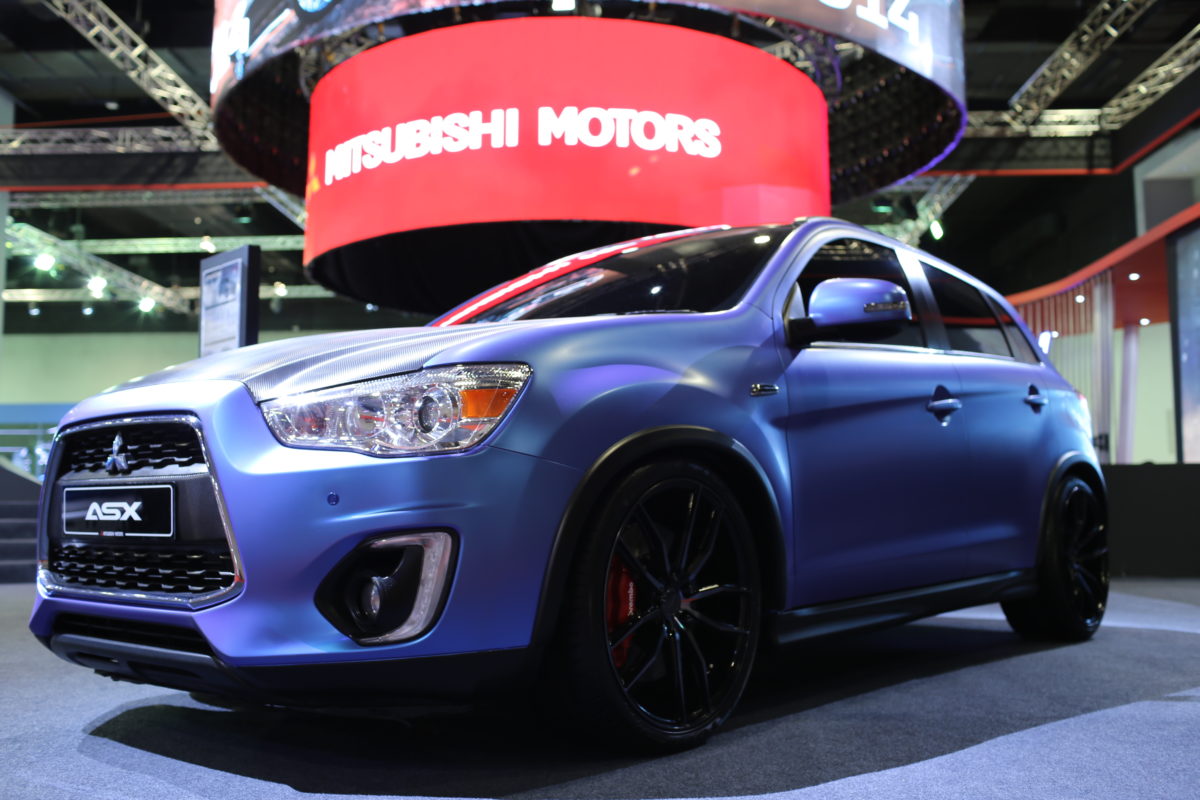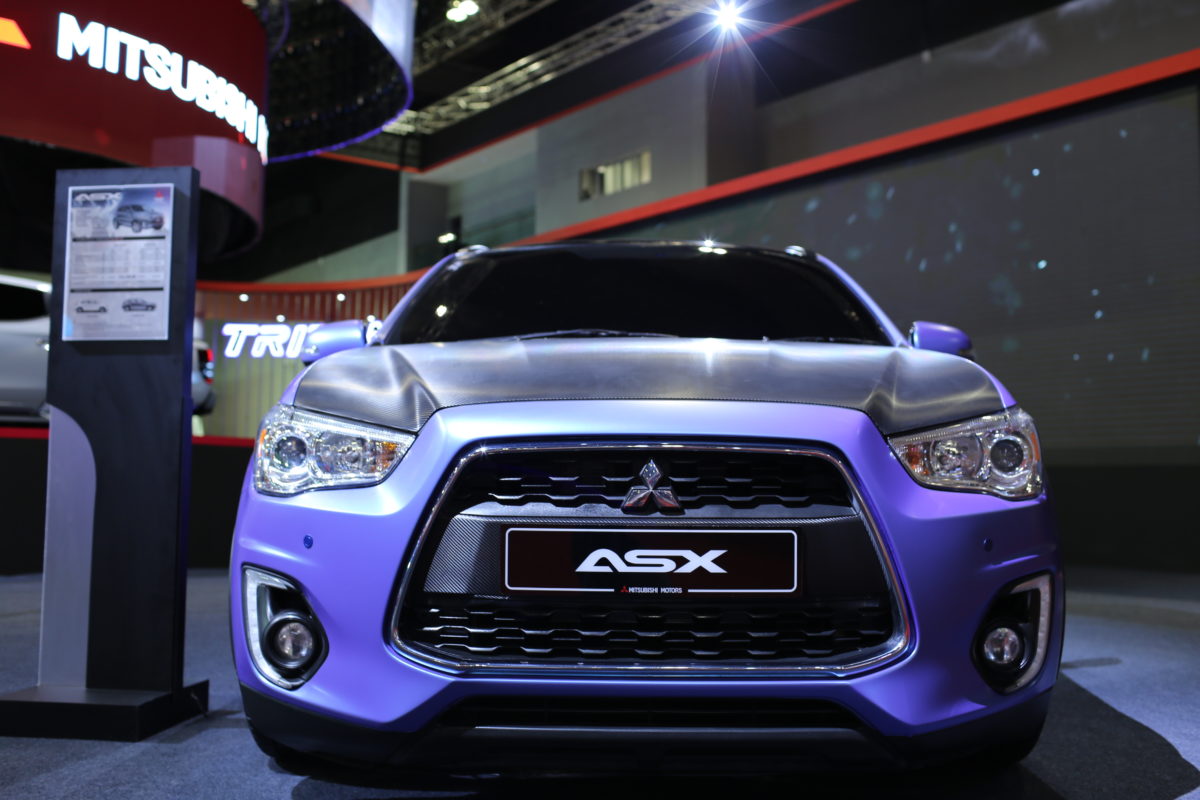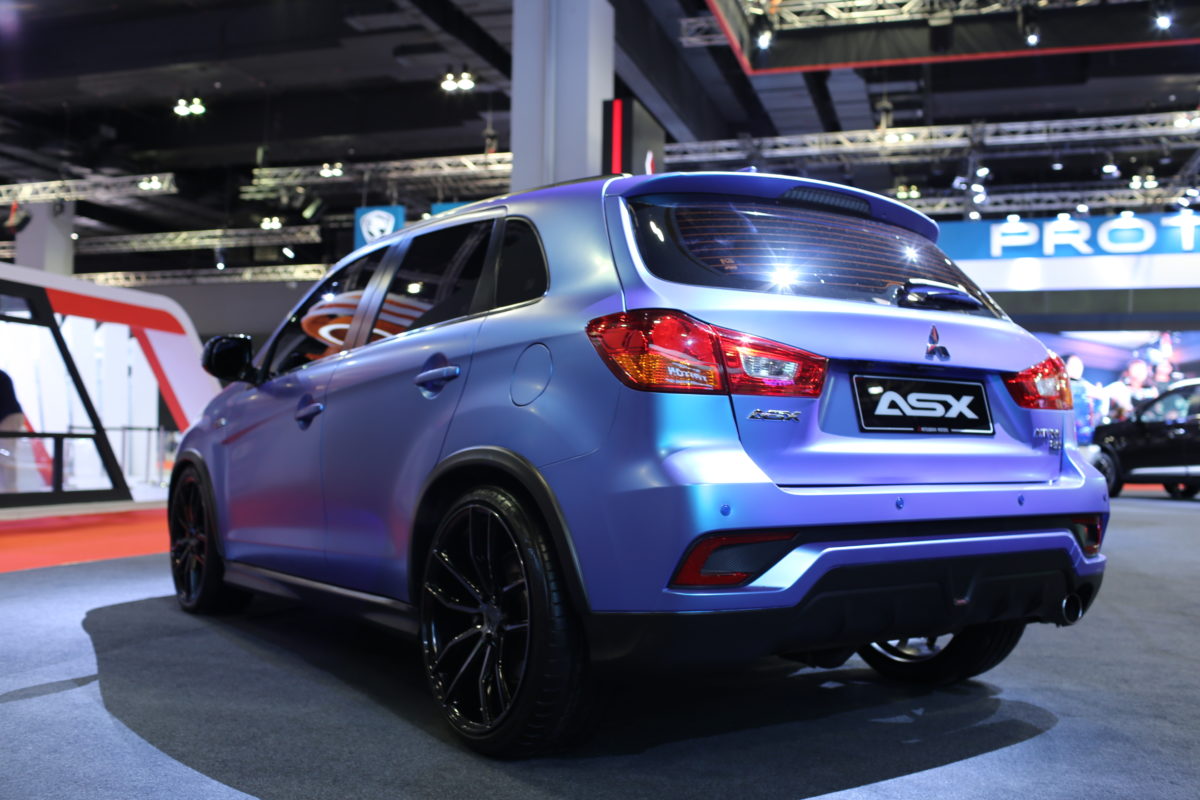Despite already looking great, there’s no doubt you can improve the factory look of your car through the addition of a body kit, allowing you to add your personal touch to your ride. If you find yourself reading this article, it’s likely you’re wanting to give your vehicle an aesthetic makeover.
Fibreglass is a very popular choice when it comes to selecting a body kit and has been used on race cars for decades thanks to its many favourable characteristics. However, similar to all types of body kit materials, it has its disadvantages as well.
In this article our friends from AusBody Works address the advantages and disadvantages of fibreglass body kits, in order to help you determine if this is the right body kit material for you.
Let’s get started!
What is Fibreglass?
Composed of fibreglass filaments or thin glass fibres that are held together by resin, fibreglass is what is referred to as a ‘composite’ material and can be shaped into woven layers or used for the purpose of reinforcement. Some of its major advantages are that it is lightweight as well as strong, is cheap to manufacture and can be used in many different applications. Fibreglass is not only a common choice for car body kits, but is also used to create a number of common items, such as basketball boards, surf boards, aquariums, waterslides and welding blankets.
Initially used for the purpose of reinforcing boat hull, fibreglass was developed by Owens Corning in 1944, and seven years later, it was utilised in the manufacture of the Chevrolet Corvette by General Motors. Fast forward to the current day, fibreglass is used for a wide variety of different body kits, including full car body, bumper replacement, ground effects, wide body as well as custom kits.
Fibreglass Body Kit Pros
Not only is fibreglass relatively cheap compared to other body kit materials (such as carbon fibre), it is a great way to enhance the sportiness as well as aerodynamics of a car. The following are some of the key advantages fibreglass has over its counterparts:
1. Very lightweight
Fibreglass is comparatively lighter when up against other body kit materials, including ABS vacuum and polyurethane. Even in the case of additional accessories, you won’t have to deal with a reduction in speed or fuel efficiency. It is common for fibreglass components to be used in place of some metal components in race cars, in order to increase their speed (i.e. fibreglass is generally five times lighter than steel).
2. Cost-effective and easy to manufacture
Manufactured using cheap materials and moulds and machinery that are relatively inexpensive, fibreglass is a very affordable choice compared to some other types of body kit materials. Additionally, fibreglass kits are often easy to come by.
3. Rigid and upholds its shape
Dissimilar to its counterpart polyurethane, fibreglass has the ability to uphold its original form and is quite rigid. This can be particularly beneficial for car owners whom reside in locations that are subject to extreme temperatures (whether hot or cold).
4. Repairable
Fibreglass car body kits are renowned for being easy to repair, by means of clamping together two broken pieces, patching the damage and applying new epoxy, sanding down the repair area and finishing it with paint. Despite appearing quite labour intensive to some, the repairability of fibreglass can save you a ton of cash in the long run, rather than having to replace different kit components entirely.
5. Highly customisable
Thanks to being very rigid, fibreglass gives you a ton of options when it comes to creating an aggressive and edgy look for your vehicle, in comparison to other body kit materials. You also have the option to add and remove plate mounts.
Fibreglass Body Kit Cons
Despite its many advantages outlined above, using a fibreglass body kit also has some disadvantages, including the following:
1. Prone to cracking or breaking
When subject to excessive force, fibreglass has a tendency to crack and/or break. Therefore, great care must be applied with handling the kit during the installation process. Special care should also be taken when driving and parking, to avoid bumping the kit.
2. Lacks precision re: fit finish
Unlike their counterparts which are machine-made, fibreglass body kits are produced by hand and therefore lack the precision achieved through machine manufacturing. To avoid any issues when it comes to achieving a precise fit between your body kit and your car, it is best to invest in a branded fibreglass body kit. It can also help to ask for advice from an expert body kit installer regarding the best choice for you, to ensure a great fit finish.
3. Challenging to install
In many instances, the rigidity of fibreglass is highly regarded and beneficial. However, it can also be a disadvantage, as its lack of flexibility can make any adjustments required during installation challenging. Therefore, whether you are installing the kit yourself or are having a professional complete the process for you, it is worth taking extra time to ensure it is installed properly without any damage to the kit or your car.
Comparing Fibreglass to Alternative Body Kit Materials
Following the advantages and disadvantages of fibreglass as discussed above, we can conclude that fibreglass allows you to achieve a greater aesthetic, while also offering some added benefits when it comes to the performance of your car, such as a reduction in weight.

To this day, fibreglass remains the most popular choice when it comes to car body kits, as most car owners agree its advantages outweigh its disadvantages. Despite this, there are other body kit materials available whose pros may outweigh fibreglass. For example, carbon fibre, despite being expensive, is very light compared to both fibreglass and polyurethane, whereas polyurethane allows a better fit and is more resilient when it comes to impact.
Choosing the Best Fibreglass Body Kit for You
The below tips may help you when deciding upon the best fibreglass body kit for your needs:
1. Decide on the look you’re after
Before you go ahead and purchase a kit, be sure of what you want the finished product to look like, whether you go for a customised kit or otherwise. Are you wanting to achieve a sleek and sporty look? Or, perhaps you want something that makes your ride appear robust and edgy. You should also consider the colour of your kit – do you want it to match the colour of your car or be contrasting?
2. Choose a complete kit or assemble your own
Thankfully, with so many choices available these days, depending on your personal taste you can either purchase a complete body kit or pick and choose different body kit components in order to achieve a more customised finish.

3. Customised kit
Offering greater flexibility with regards to design when the body kits on the market just aren’t hitting the spot for you, is the option of having your car body kit manufactured by a professional car customisation shop. Although this can be expensive, it allows you to achieve a truly personalised look for your ride.

4. Keep an eye on your budget
Luckily, fibreglass is relatively affordable when compared to other body kit materials, such as carbon fibre. However, it is important to proceed with the addition of a body kit to your car bit by bit if necessary, so you don’t break your budget. Consider adding a front bumper first for example, and then work your way along until you have completed your desired look.
Fibreglass to this day remains a very popular choice for car body kits, as it is cost-effective, alongside its many other benefits. Where you have decided to add a body kit to your car and are researching your options, you should definitely consider fibreglass before addressing more expensive options.
Facebook Comments